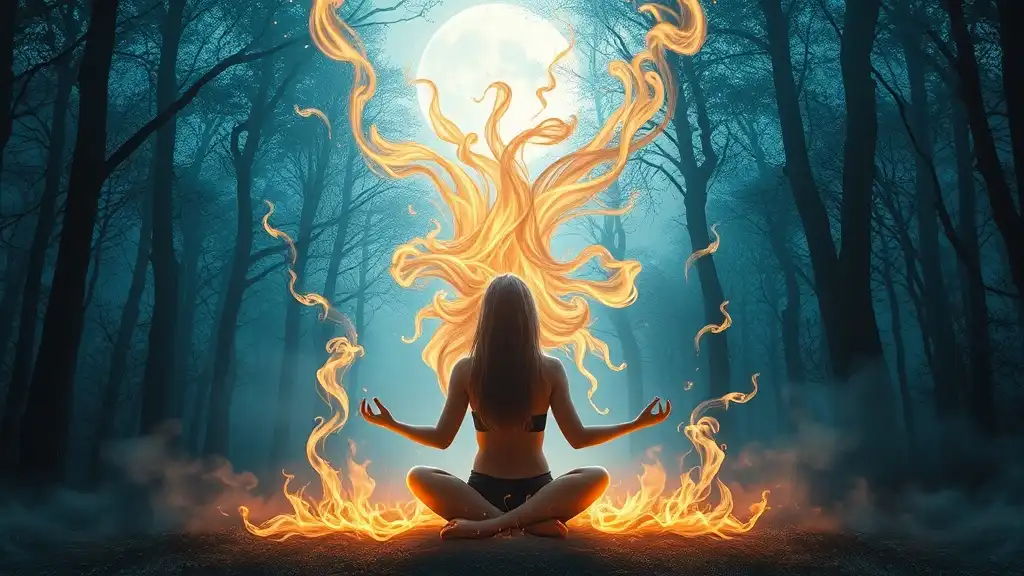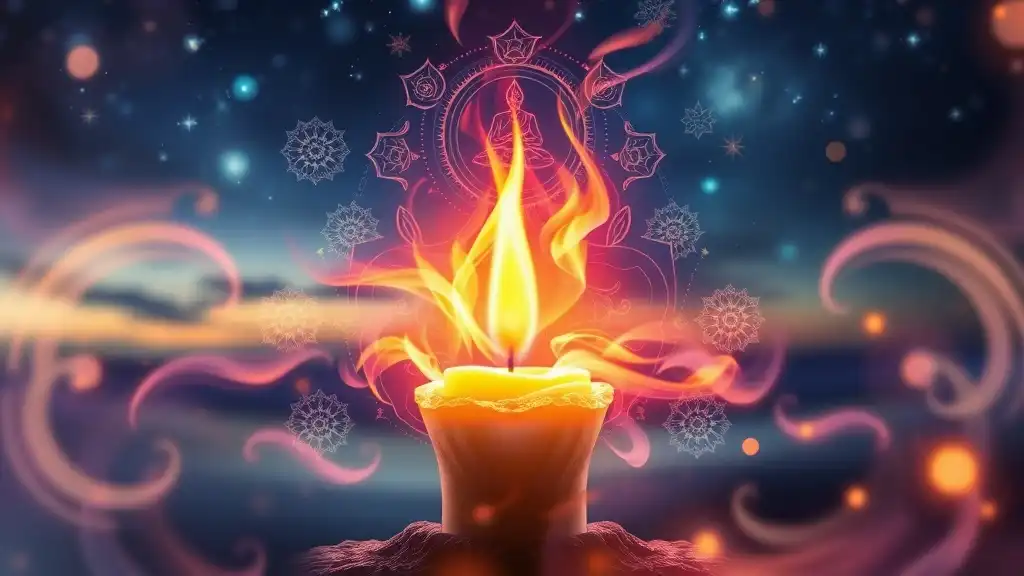The story of the burning bush is a profound narrative found in the Book of Exodus, where Moses encounters God in a remarkable way. This encounter is not simply a historical event; it carries deep spiritual significance that resonates with many people today. Throughout centuries, the burning bush has served as a symbol of divine revelation, transformation, and personal calling. To grasp its complete essence, one must explore the historical context, symbolism, spiritual meanings, and the lessons that can be drawn from this iconic story.
Historical Context
The narrative of Moses and the burning bush takes place in a time when the Israelites were enslaved in Egypt. Moses, raised in the palace of Pharaoh yet culturally rooted in the Hebrew tradition, grapples with his identity and purpose. This backdrop highlights the significance of God approaching Moses through the burning bush. The event occurs on Mount Horeb, also known as the Mountain of God, further emphasizing the divine nature of the experience.
In the ancient world, fire was often symbolic of both destruction and purification, which adds layers to the meaning of God's presence in this extraordinary form. The burning bush did not consume itself; rather, it blazed brightly, signifying that God is able to manifest in a way that transforms but does not destroy. This unique aspect lays a foundation for understanding the burning bush as a bridge between the ancient and the spiritual realms.

Symbolism of the Burning Bush
Divine Presence
At the heart of the burning bush's symbolism lies the presence of the Divine. Fire frequently represents divine communication in spiritual texts, serving as an illuminative force in both figurative and literal senses. When Moses approaches the bush, he is greeted with a voice that commands reverence and attention: "Remove your sandals, for the place where you stand is holy ground." This call to recognize sacredness invites all of us to seek moments where the divine intersects with our lives.
Transformation and Renewal
The fire of the burning bush also symbolizes transformation and renewal. Unlike conventional fires that consume, the bush remains unscathed, indicating that divine encounters can ignite personal growth without causing destruction. This remarkable trait encourages individuals to embrace change in their lives, to let go of old habits and fears, and to awaken to new possibilities. Just as the bush burned yet was not consumed, we too can thrive amidst challenges and emerge with newfound strength and understanding.
Call to Action
Moses's encounter is not just a personal revelation; it serves as a call to action. After God presents Himself in this miraculous form, He commissions Moses to lead the Israelites out of Egypt. This pivotal moment embodies the challenge many face when answering their spiritual call. Recognizing one’s calling often demands courage, commitment, and stepping into the unknown. The experience of Moses stands as a reminder that responding to spiritual nudges can lead to profound shifts not only in our lives but in the world around us.

Spiritual Meanings
Revelation and Enlightenment
The burning bush stands as a source of divine knowledge. It is a moment of revelation that encourages openness to understanding deeper truths. This act of God communicating through the bush invites believers and seekers alike to embrace opportunities for enlightenment. In our own lives, we can seek to cultivate environments that foster spiritual growth—whether through meditation, prayer, or reflective practices.
The bush is a metaphorical gateway, initiating dialogues that can lead to profound personal awakening and enlightenment. It challenges us to ask: What messages might we be receiving if we learn to listen more attentively?
Sacred Space
The concept of sacredness embodied in the burning bush can extend into our everyday lives. Just as Moses was invited to recognize the holiness of his surroundings, we too can create our own sacred spaces for reflection and connection. Being mindful of our environment and acknowledging moments of clarity and inspiration can transform the mundane into the extraordinary.
As we make space for stillness, we open ourselves to experience our own burning bushes. This sacredness does not always need to be found in elaborate settings; it can bloom in the simplicity of nature, in quiet moments of solitude, or even within our everyday routines.

Lessons from the Burning Bush
Listening to Inner Guidance
One of the most profound lessons from the burning bush is the importance of listening to inner guidance. We live in a world filled with distractions, making it easy to overlook the subtle whispers of our spirit. However, just as Moses did, acknowledging and heeding these calls can lead to significant insights and revelations about ourselves and our purpose.
By developing practices that hone our ability to listen—like journaling, meditation, or spending time in nature—we can cultivate a deeper understanding of what the universe is trying to communicate.
Embracing Change and Growth
The encounter at the burning bush exemplifies the essence of embracing change and growth. Moses’ journey from a hesitant shepherd to a leader demonstrates that profound transformation often occurs when we step outside our comfort zones. The discomfort of the unknown can serve as fertile ground for new beginnings.
Real-life examples abound of individuals who have answered their own spiritual calls, overcoming fears and doubts. Whether through changes in career, lifestyle, or personal beliefs, these stories underline the power of faith and the potential for growth when we embrace the calls we receive.

Conclusion
The burning bush is much more than a historical narrative; it serves as a timeless symbol for anyone on a spiritual journey. It calls us to recognize the sacredness in our lives, to be receptive to divine messages, and to embrace the transformation that can arise from answering the call within. As we move forward, let us keep our hearts and minds open, ready to seek out our own burning bushes that illuminate our paths and guide us towards our highest selves.



















